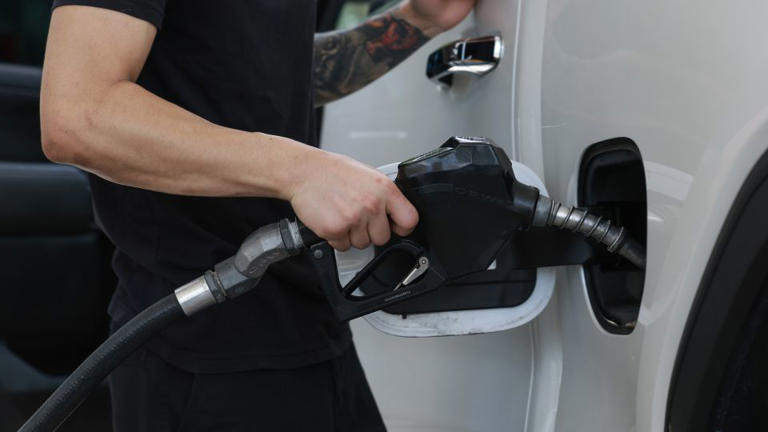Two years ago, the sudden surge in gasoline prices to a historic high of $5.02 per gallon sent reverberations across the United States, impacting virtually every sector of the economy and deeply affecting American households. Patrick De Haan, head of petroleum analysis at GasBuddy, recalled that this price point was unprecedented for most Americans outside of California, marking a significant milestone in the nation’s economic history.
The spike in gasoline prices in 2022 was not just a fleeting concern but a profound shock that reverberated throughout the economy. It dealt a severe blow to consumer confidence, rattled financial markets, and exerted considerable pressure on family budgets already strained by rising costs across the board. Notably, it contributed to pushing the national inflation rate to a staggering 9%, a level not seen since the early 1980s, exacerbating concerns about affordability and economic stability.
Since then, however, the trajectory of gasoline prices has seen a notable reversal. Today, while gas prices are by no means low, they have retreated significantly from the peak of $5.02 per gallon. As of the latest reports, the national average for regular gasoline stands at $3.46 per gallon, a considerable decrease of $1.56 from the record highs observed in June 2022. This decline has not only provided relief to consumers at the pump but has also contributed to a more stable economic environment compared to the tumultuous period of two years ago.
The journey towards lower gas prices has been shaped by various factors. During the depths of the Covid-19 pandemic, when lockdowns and reduced mobility led to plummeting demand for gasoline, prices naturally decreased. Even in June 2021, the national average was relatively lower at around $3.08 per gallon, reflecting the subdued economic activity during that period.
The recent moderation in gas prices has played a pivotal role in easing inflationary pressures across the economy. The Bureau of Labor Statistics reported that monthly consumer prices remained unchanged between April and May 2024, marking the first time in nearly two years that inflation did not increase. A significant contributing factor to this stability has been the decline in gasoline prices, which has alleviated the financial burden on cash-strapped consumers and provided a cushion against rising costs in other sectors.
Moreover, the decline in gas prices has raised hopes that the Federal Reserve may consider adjusting interest rates downwards before the year’s end. Lower interest rates would provide much-needed relief to borrowers contending with historically high rates on mortgages, credit cards, and auto loans, potentially stimulating economic activity and bolstering consumer spending.
In addition to its economic implications, the price of gasoline carries considerable political weight, influencing public sentiment and perceptions of economic management. High gas prices are often associated with concerns about the cost of living and can impact voter sentiment, particularly during election cycles. A spike in gas prices, such as a return to $4 per gallon or higher, could potentially complicate President Joe Biden’s reelection prospects by reigniting debates about economic policies and affordability.
Looking forward, analysts and industry experts anticipate that gas prices will likely remain subdued throughout the summer driving season, barring any unforeseen disruptions such as hurricanes or geopolitical tensions affecting oil supplies. The stability in gas prices is further supported by improved gasoline inventories and a resilient domestic oil production sector, which continues to operate at near-record levels thanks to advancements in shale oil extraction technology.
In conclusion, while memories of $5.02 per gallon gas serve as a stark reminder of economic volatility, the current landscape offers a more optimistic outlook for consumers and businesses alike. With inventories stabilizing and demand patterns evolving, the path ahead for gasoline prices appears cautiously optimistic as the nation navigates through the complexities of a recovering economy.
